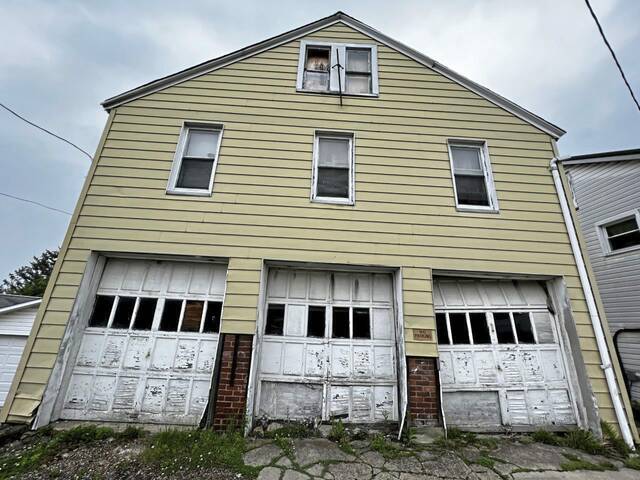Editorial: Preventing ghost towns means being open to change
When we think of ghost towns, we think of those gold rush communities in places such as California and Colorado and Nevada. Remnants of the Old West. The skeletons of thriving communities that were lost when the gold was gone and the people went in search of new opportunities.
We don’t think about our empty shopping malls or vacant downtown districts or municipalities with shrinking populations.
But we should.
The ghost towns should be cautionary tales. The tumbleweeds rolling through their empty streets are crystal balls predicting our own future if we don’t take economic factors and population assessments seriously.
Pennsylvania was not the scene of a gold rush, but it definitely had its share of mines abandoned when the coal was stripped away. Pittsburgh is a city that has been flexible enough to pivot from its past as the capitol city of steel to major center of medicine.
The smaller cities and boroughs and townships spreading out from Pittsburgh along the rivers and rails are different. It has been harder for them to change reins. When a factory closes, they are placed in a position of waiting for someone to come reopen it, perhaps changing the product but still offering an opportunity for the paychecks to come back.
Economic development activities are good. Marketing communities for those efforts are being done and should be done. Convert empty sites to business parks.
But there is more to do, and a lot of it has to mean being open to real, substantive change. To knowing that the manufacturing or energy history of the region may not be its future and not wasting effort fighting that rather than embracing totally different opportunities to not just stop the shrinkage but actually grow.
Pennsylvania’s 2020 census numbers merited the loss of a seat in the U.S. House of Representatives, not because the overall population is shrinking. It is growing, but just not as fast as other states. It is the slow, steady slide over decades in the would-be ghost towns that is pulling down the growth in other areas.
Westmoreland County’s comprehensive plan illustrated understanding this. The 2018 document outlined problems the county faces and placed heavy focus on retaining and recruiting residents. But knowing the problem and solving it are not the same thing.
The old ghost towns did not go from bustling to bust over the course of years. It happened quickly. The largest asset of the shrinking towns of Western Pennsylvania is the people who have remained, who not only provide the beating heart of the communities but are the key to breathing new life into them.
Remove the ads from your TribLIVE reading experience but still support the journalists who create the content with TribLIVE Ad-Free.

